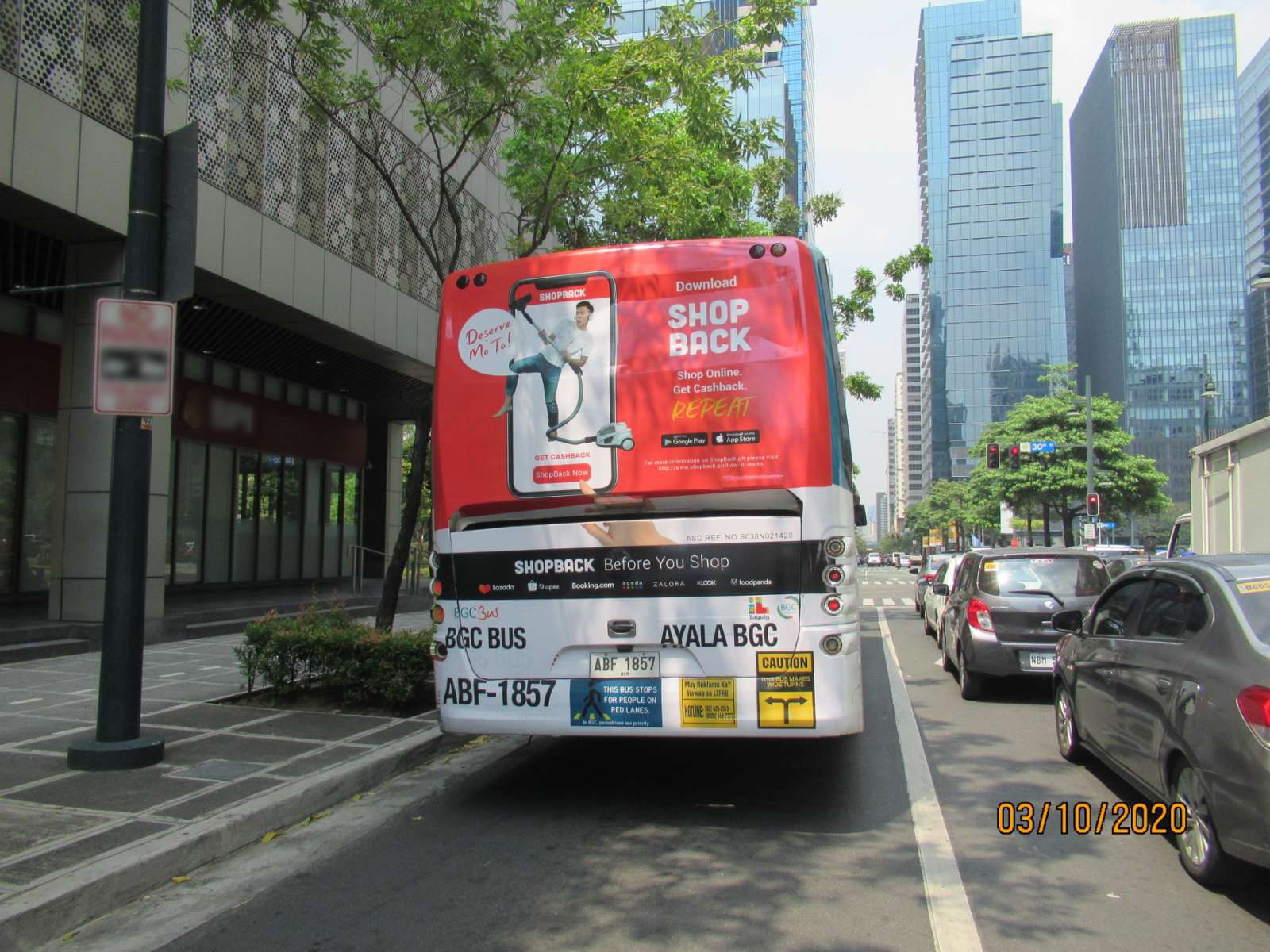Just How Transportation Marketing Can Transform Mass Transit Spaces Into Dynamic Advertising And Marketing Operatings Systems
Transit advertising and marketing holds substantial capacity to redefine mass transit rooms into dynamic advertising systems that inform and involve. By using ingenious styles such as digital screens and interactive stands, brand names can not only reach a diverse target market yet additionally enhance the total traveler experience. This strategy produces a special chance for brands to get in touch with consumers in a setting that is frequently neglected. As we explore the multifaceted advantages and evolving methods of transit advertising, it increases the question of exactly how this transformation might redefine our interactions with both brands and the metropolitan atmosphere.
Advantages of Transportation Marketing

Furthermore, transit advertising is highly cost-efficient contrasted to conventional media. It enables advertisers to attain high impacts at lower expenses, optimizing return on investment. The captive audience of commuters gives an opportunity for brands to share their messages to people who are frequently receptive throughout their traveling times.
In addition, the vibrant nature of transportation advertising and marketing permits campaigns to be upgraded regularly, ensuring that messaging remains timely and pertinent. This flexibility can be important in replying to market fads or advertising occasions, maintaining the brand top-of-mind for customers. Last but not least, the prevalent existence of transportation advertising adds to brand recall; repeated exposure within acquainted travel contexts reinforces brand understanding and fosters consumer commitment, eventually driving sales and enhancing brand name credibility.
Kinds Of Transit Advertising And Marketing
Public transport systems supply numerous styles for advertising and marketing, each providing to various advertising methods and target market engagement methods. One famous kind is external bus and train covers, which cover the entire automobile and produce a mobile billboard impact, enabling for high exposure in urban environments. These covers can capture interest as they traverse active roads, reaching a varied audience.
Another popular format is interior advertising, which includes posters, digital displays, and advertisements on transportation seats. These positionings involve travelers during their trip, reinforcing brand messaging in a confined space. Digital displays, in particular, supply the benefit of vibrant web content, enabling advertisers to upgrade messages in real-time.
Station advertising and marketing is likewise substantial, including posters, banners, and interactive stands within transportation stations. These advertisements take advantage of foot website traffic and can target details demographics based on location.
Last but not least, marketing partnerships with transit authorities can bring about distinct campaigns, such as themed transit experiences or events, enhancing the general engagement with travelers. Each sort of transit advertising uses unique benefits, allowing brand names to customize their strategy to efficiently reach their target market within the public transport ecological community.
Involving Commuters Properly
Commuters are progressively flooded with advertising and marketing messages throughout their day-to-day trips, making it necessary for brands to involve them in innovative means. To record attention in this congested room, advertisers must focus on imagination and relevance. Using captivating visuals and succinct messaging can considerably boost the likelihood of engagement.
Interactive aspects, such as QR codes or enhanced reality functions, can likewise change fixed ads into immersive experiences, promoting a much deeper link with the target market. Brand names should focus on resolving travelers' needs and rate of interests, customizing messages to reverberate with their way of living, whether through promotions for regional services or solutions created to boost their travelling experience.
In addition, timing plays an essential function; tactically positioning ads during top commuting hours can maximize exposure and effect. Engaging commuters efficiently also includes leveraging social networks combination, permitting passengers to share their promos or experiences straight from transportation platforms, thus intensifying brand reach.
Basically, effective involvement depends upon comprehending the traveler journey and producing compelling, interactive, and pertinent advertising and marketing experiences that not just catch attention but additionally drive action and loyalty. By doing so, brand names can transform mass transit into a vibrant marketing platform that reverberates with its audience.

Measuring Advertising Influence
Just how can brands accurately analyze the efficiency of their ad campaign in transportation environments? Gauging the effect of transit advertising needs a multifaceted technique that combines measurable and qualitative metrics. One widespread technique is tracking engagement with mobile analytics, where brands can examine foot web traffic patterns and app interactions previously, during, and after projects.
Surveys can supply valuable understandings into brand name recall and customer belief, permitting brands to evaluate just how well their messages reverberate with commuters. Additionally, keeping track of like this social networks involvement related to specific projects can disclose changes in public assumption and brand conversation.

In addition, collaborating with transportation companies can boost measurement precision, as they typically possess in-depth market information on ridership trends. By incorporating these approaches, brand names can develop a comprehensive understanding of their advertising efficiency, guaranteeing that their get redirected here projects not just get to yet also affect their target audiences properly.
Future Patterns en route Advertising And Marketing
A significant change is prepared for in transit marketing as technical improvements and transforming customer habits improve the landscape. Transit Advertising Philippines. The combination of digital displays and multimedias is expected to improve engagement, allowing brand names to supply vibrant content that resonates with varied target markets. As public transport systems embrace smart technology, advertisers will certainly take advantage of real-time information analytics to customize messages based upon traveler demographics and behaviors
Moreover, boosted truth (AR) is poised to revolutionize the means commuters communicate with advertisements. By providing immersive experiences, AR can change a mundane trip right into an engaging story that catches attention and cultivates brand commitment. This advancement will likely encourage marketers to produce more experiential projects that drive consumer communication.
Sustainability is one more crucial fad influencing transportation marketing. As environmental awareness grows, brand names will increasingly look for to align with environmentally friendly techniques, using lasting materials and advertising green campaigns within their campaigns.
Verdict
In conclusion, transit advertising provides substantial benefits by boosting brand name presence and involving a restricted target market. As fads develop, the potential for ingenious interactions between commuters and brands is poised to grow, guaranteeing that transit marketing remains an important component of modern marketing techniques.
Transit advertising holds significant possibility to redefine public transportation spaces right into dynamic advertising and marketing platforms that involve and notify. The prevalent visibility of transportation marketing contributes to brand name recall; duplicated exposure within familiar traveling contexts strengthens brand awareness and fosters customer loyalty, ultimately boosting and driving sales brand name track record.
Exactly how can brands precisely evaluate the effectiveness of their advertising campaigns in transportation atmospheres?In conclusion, transportation marketing offers substantial advantages by boosting brand presence and involving a captive target market. Transit Advertising Philippines. As trends advance, the capacity for innovative communications between brand names and commuters is positioned to click to read grow, making certain that transit advertising and marketing stays an important component of contemporary marketing methods